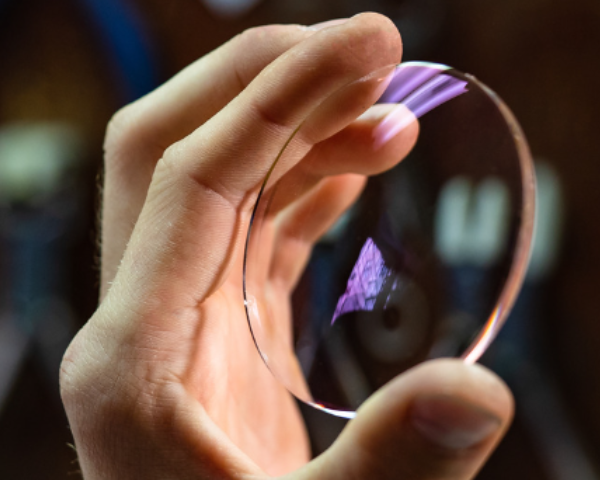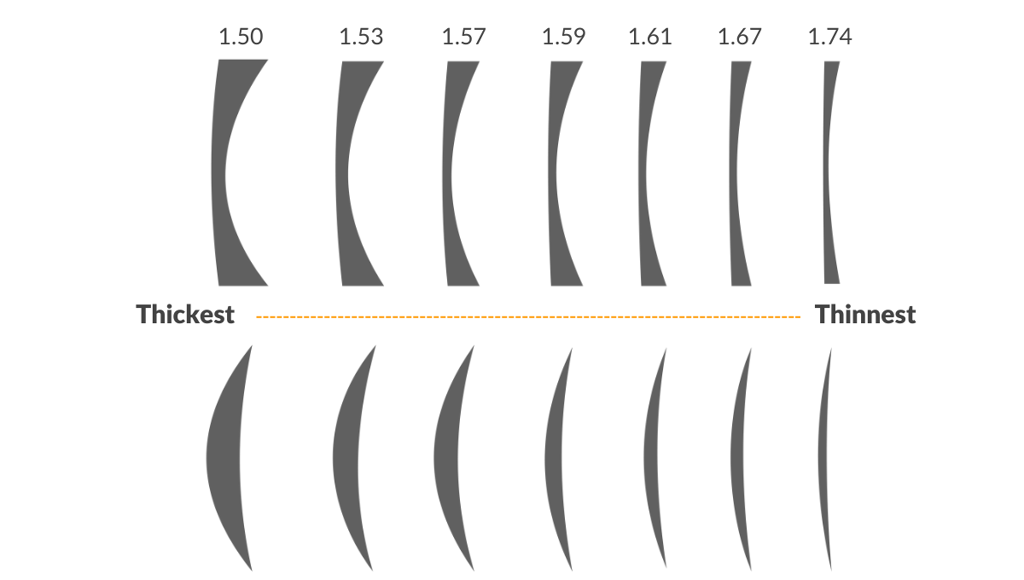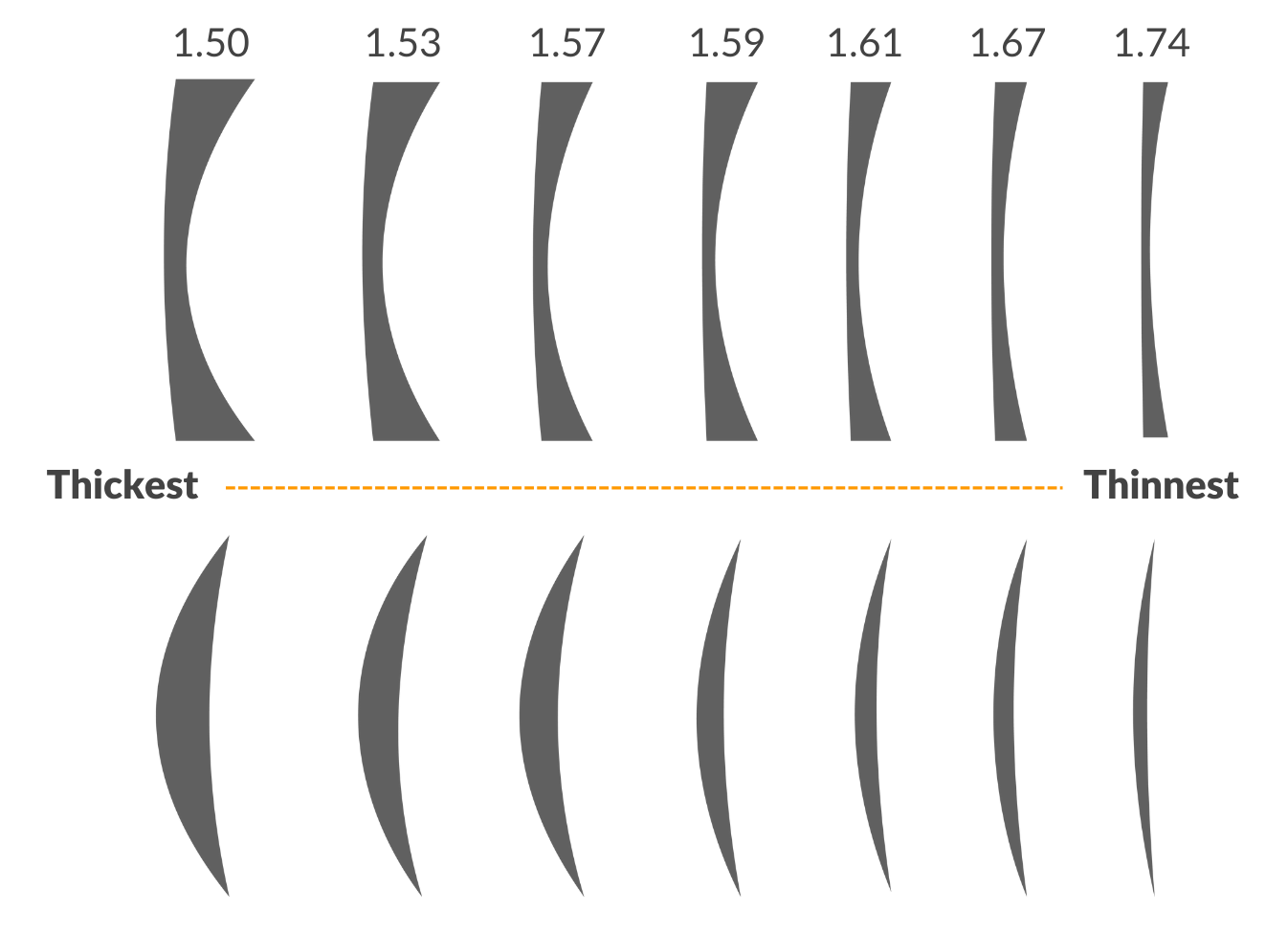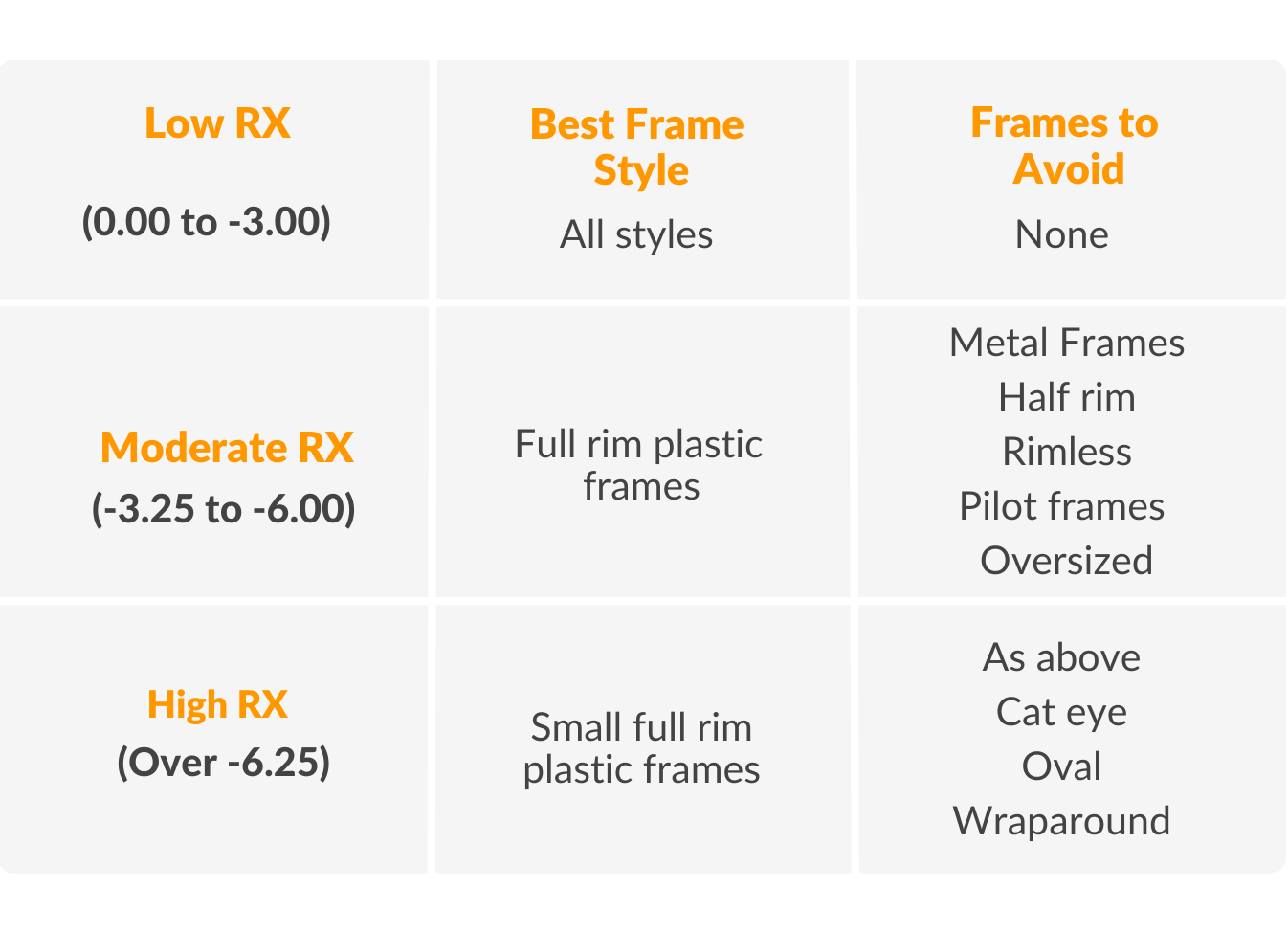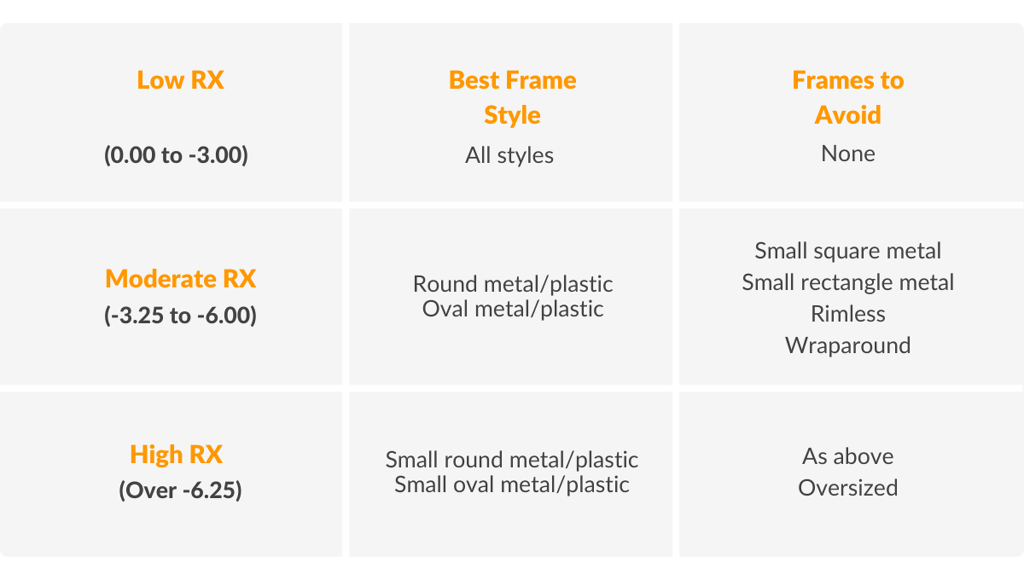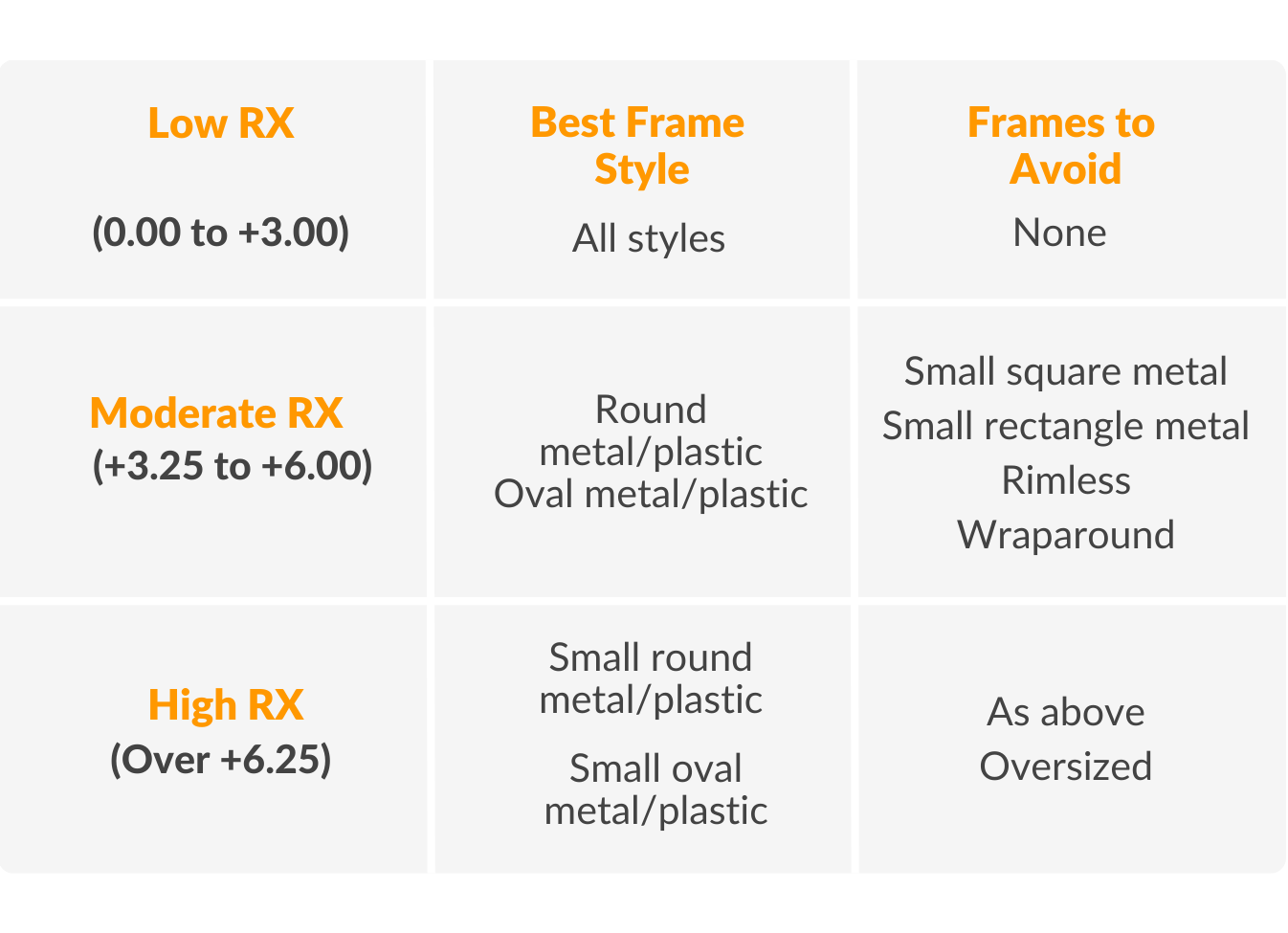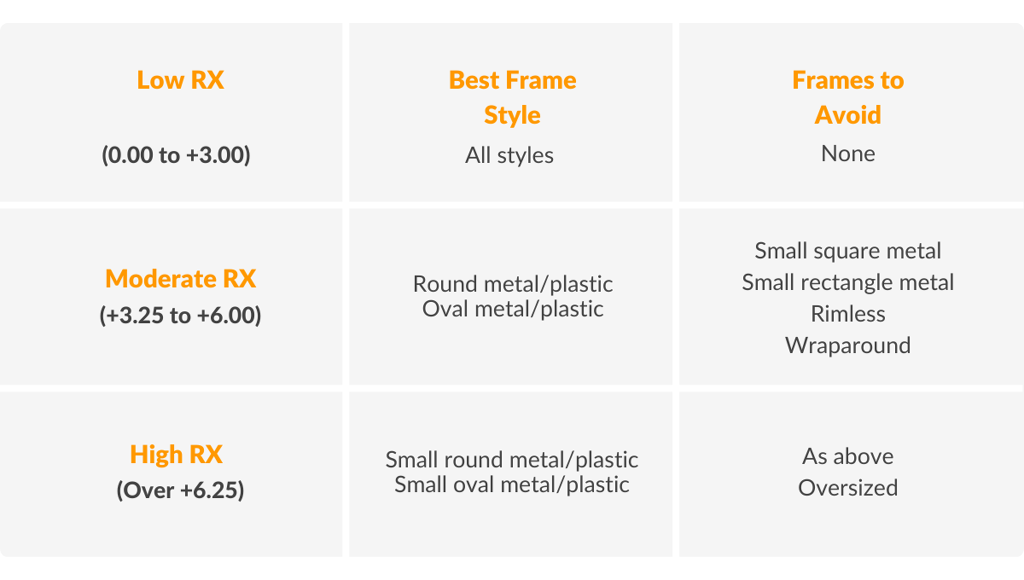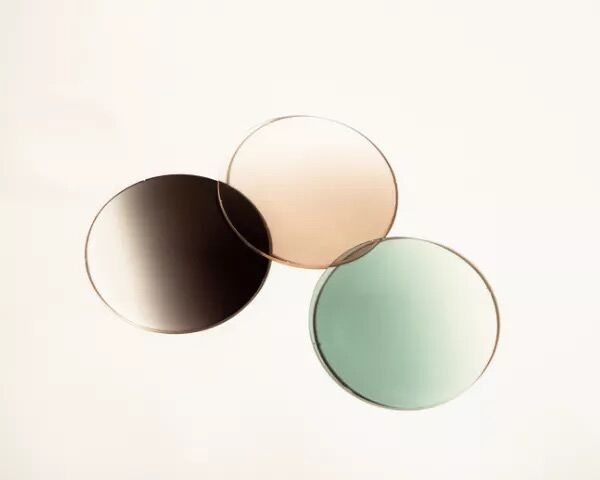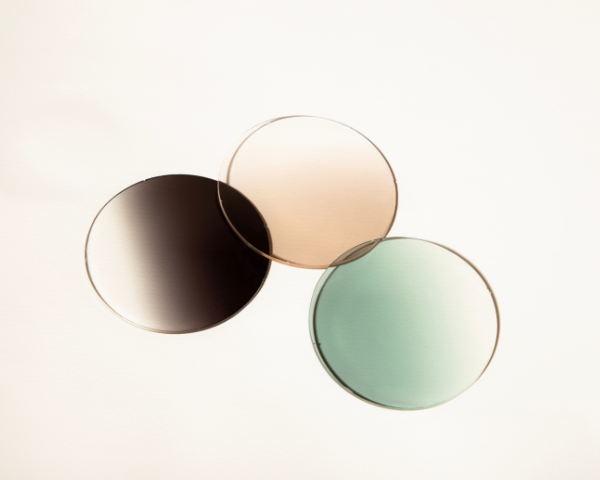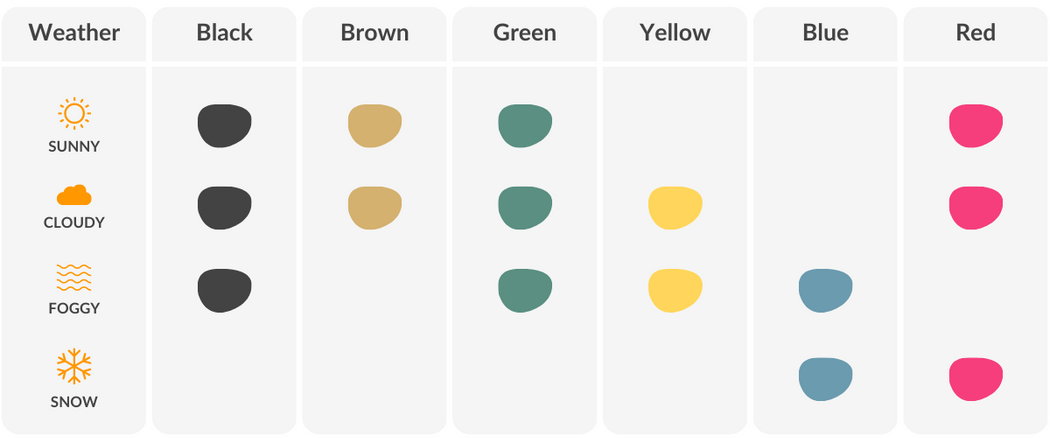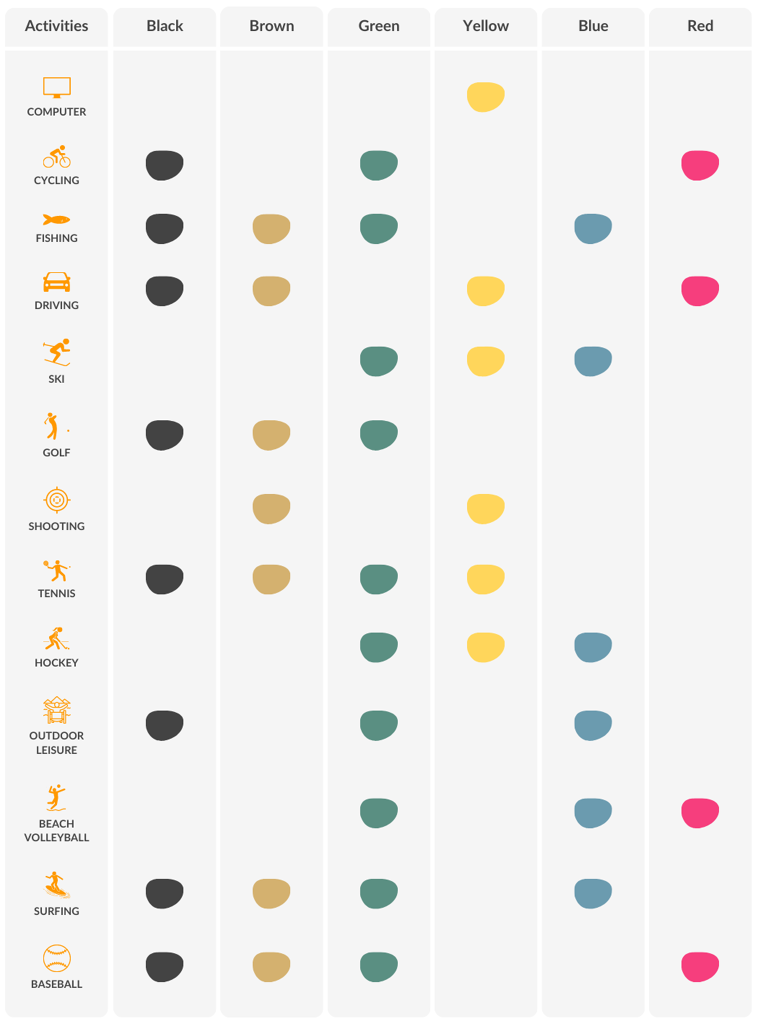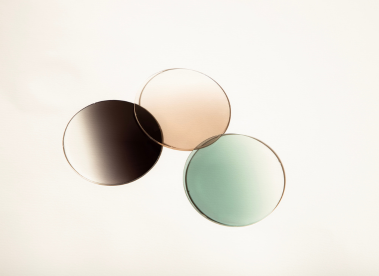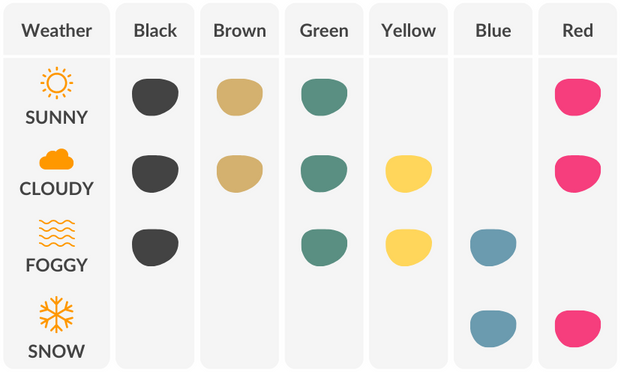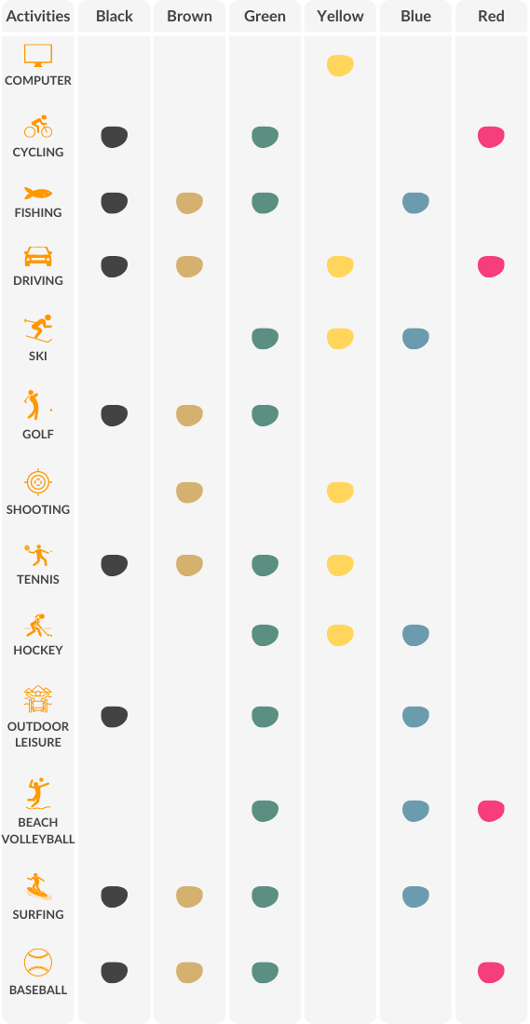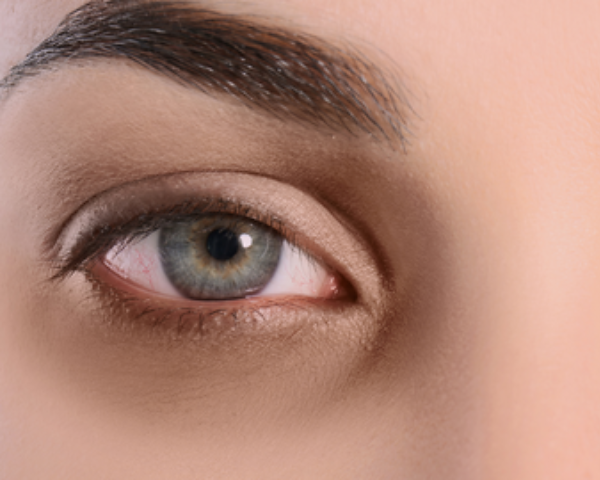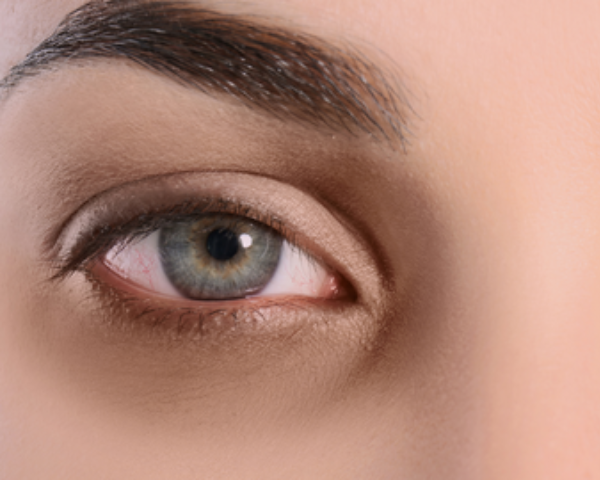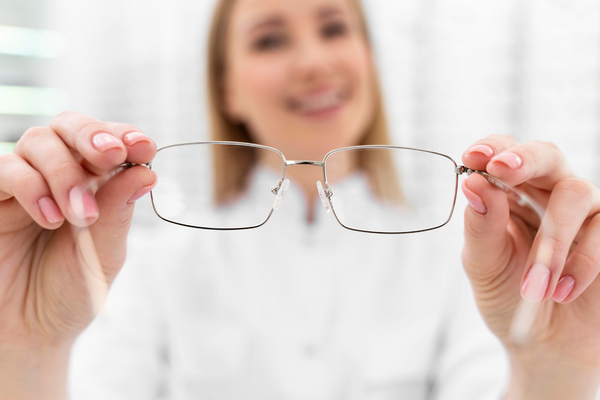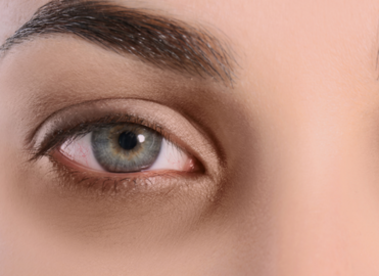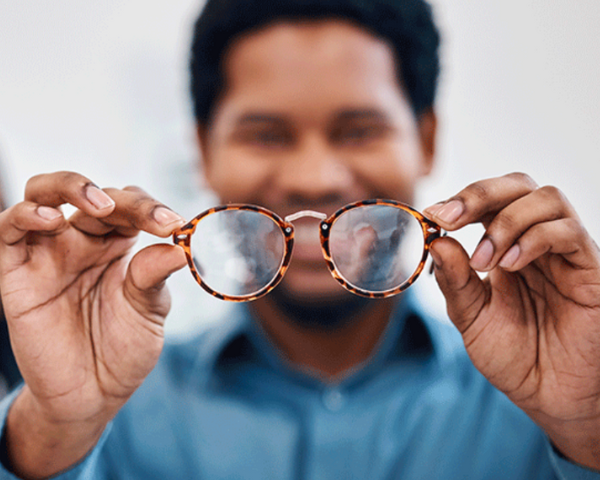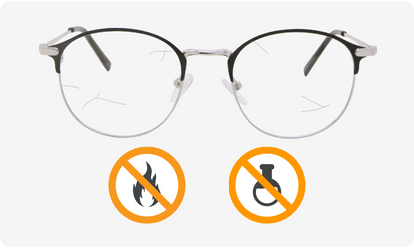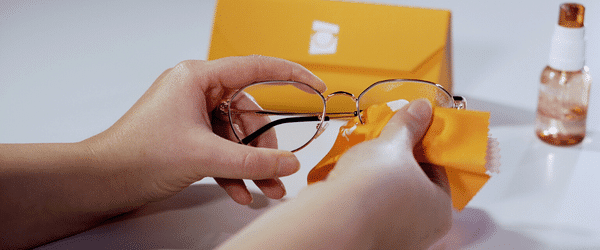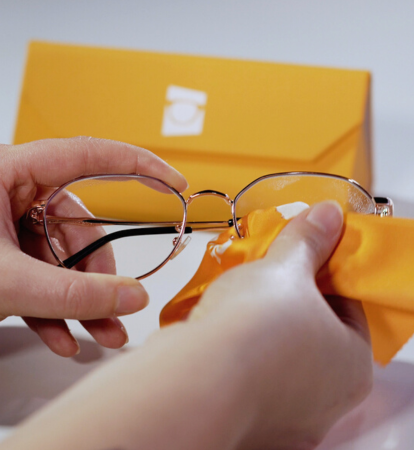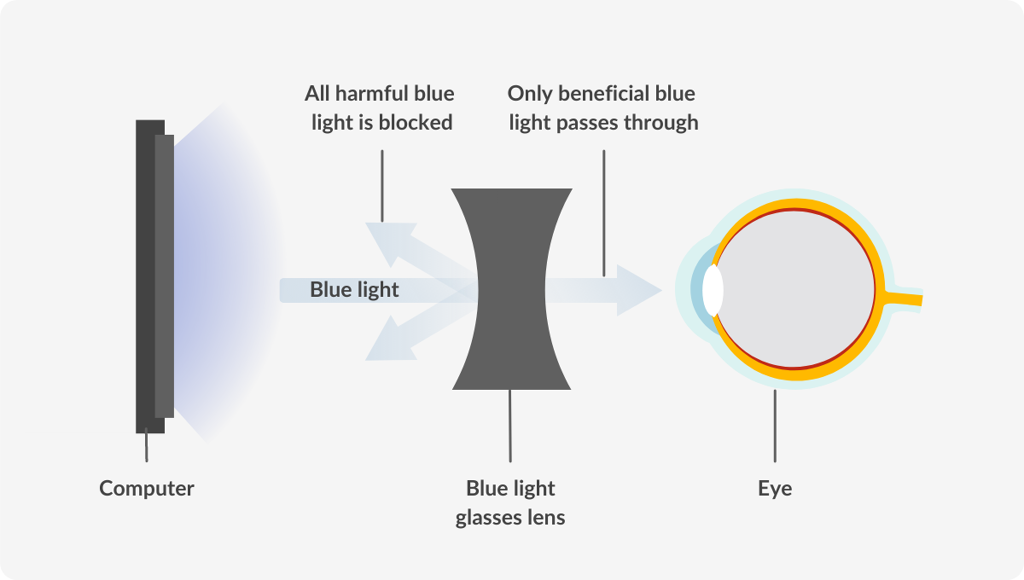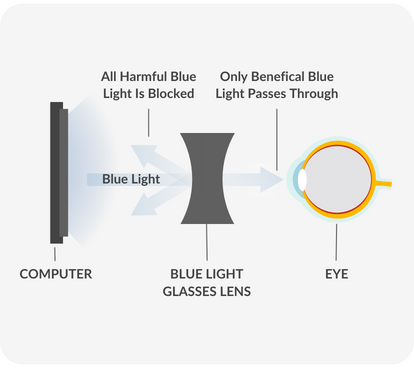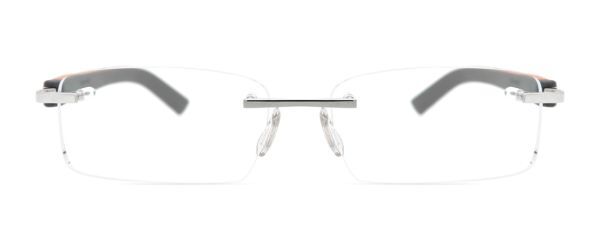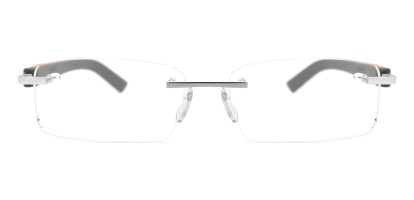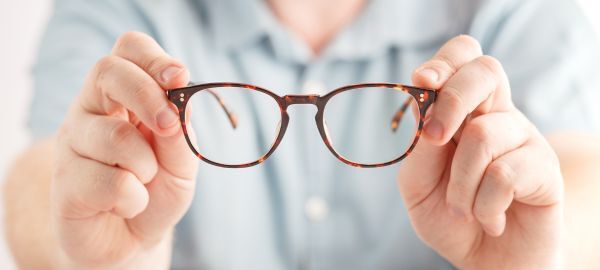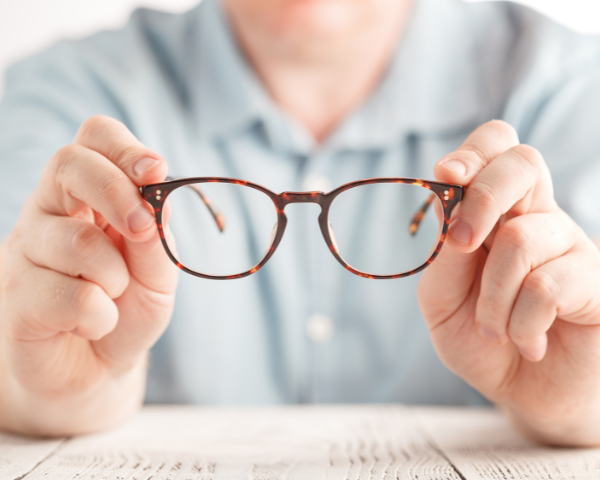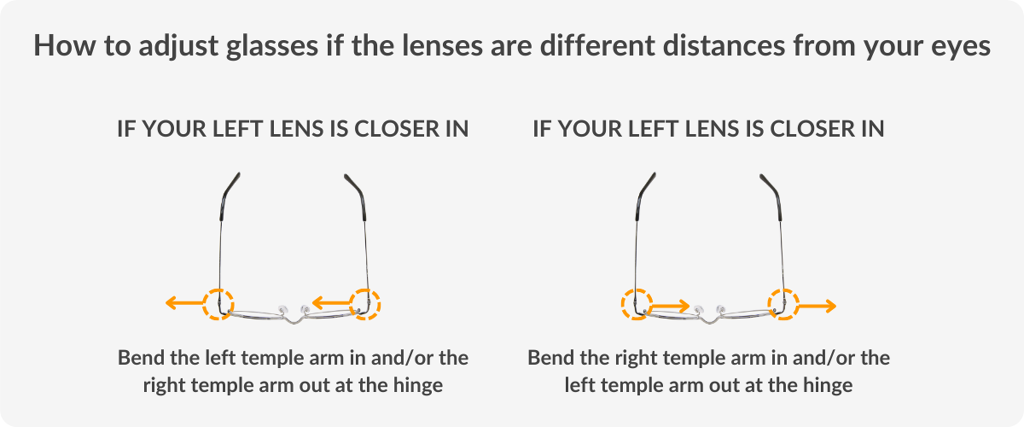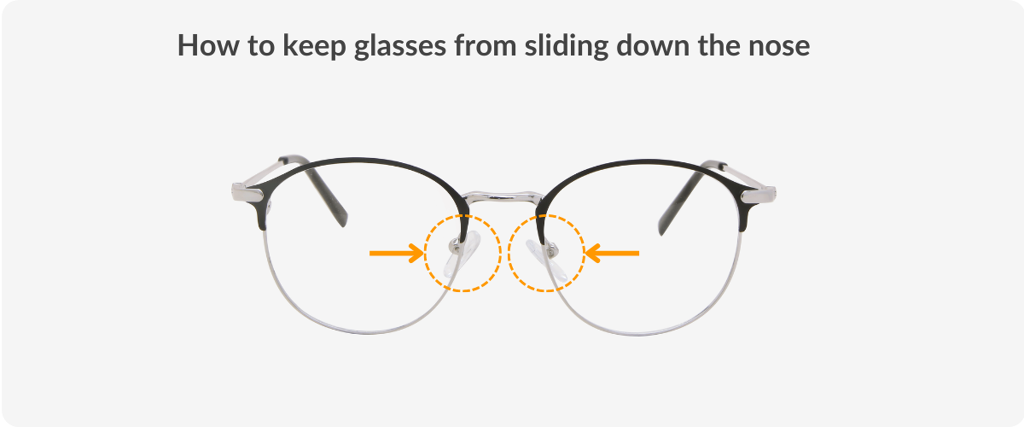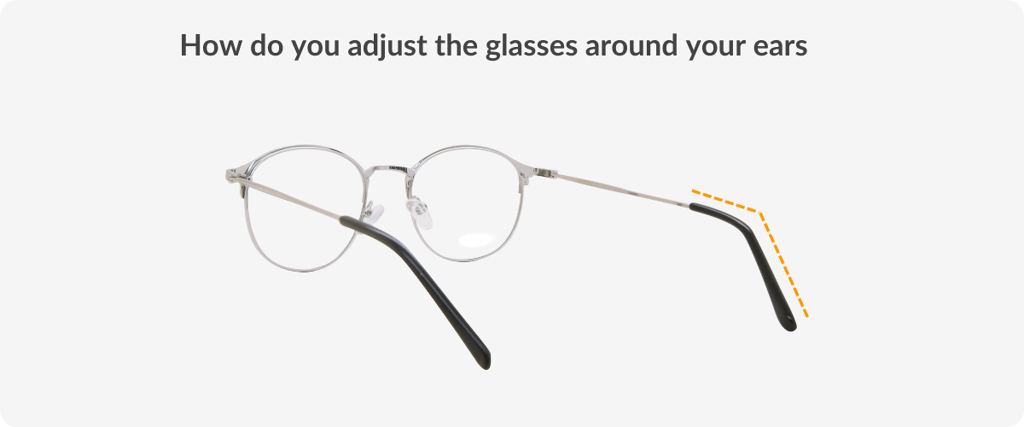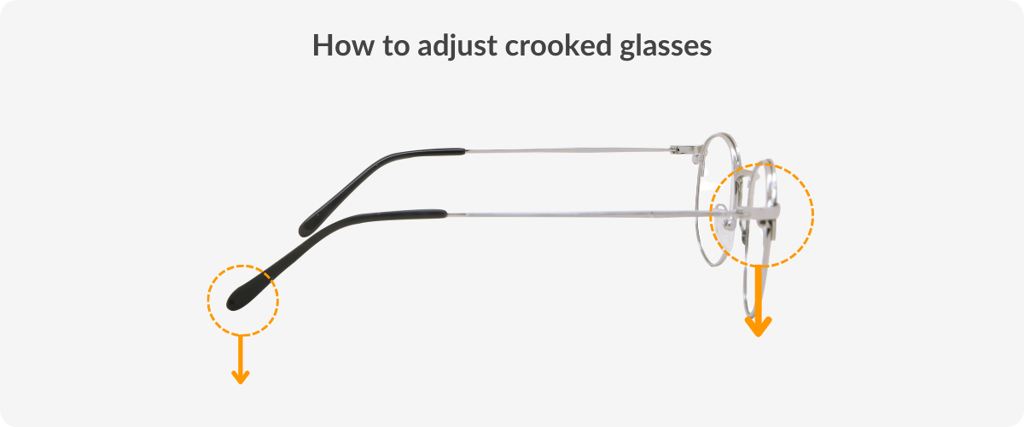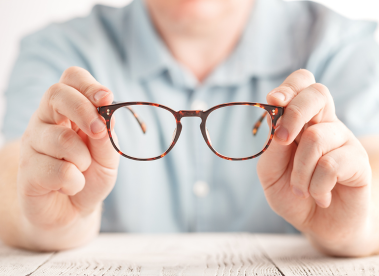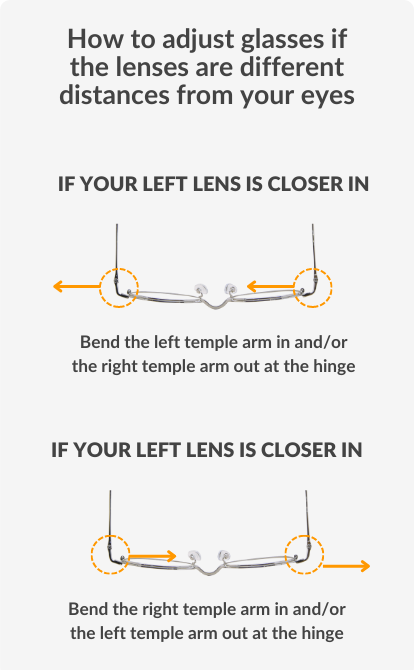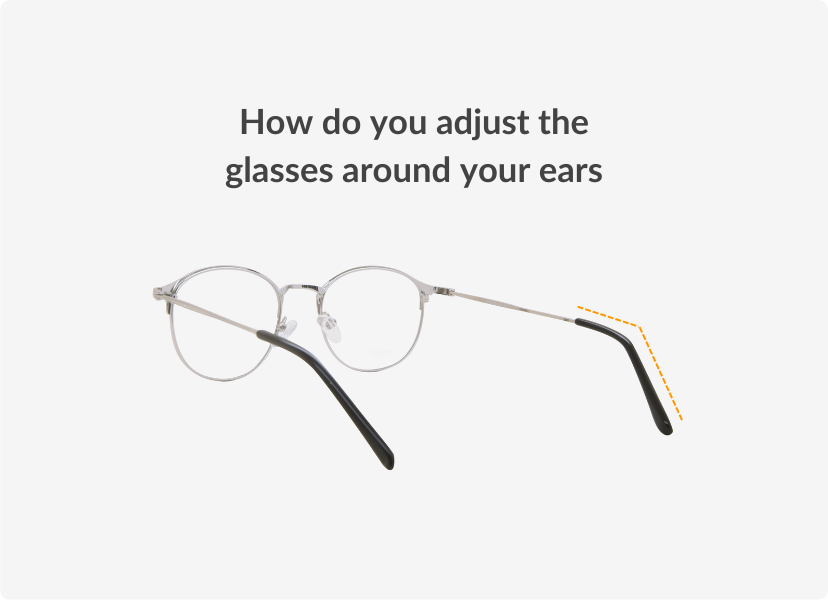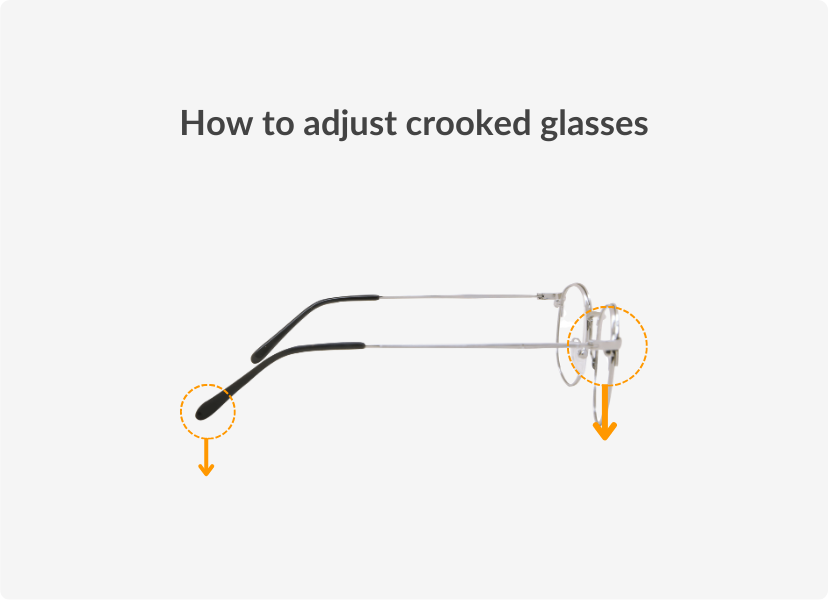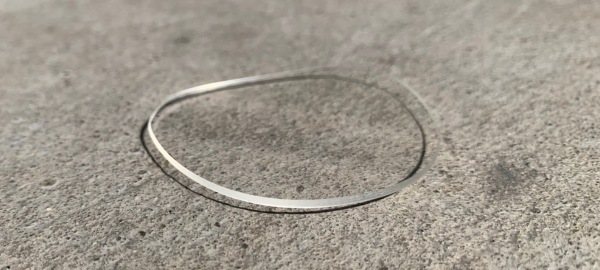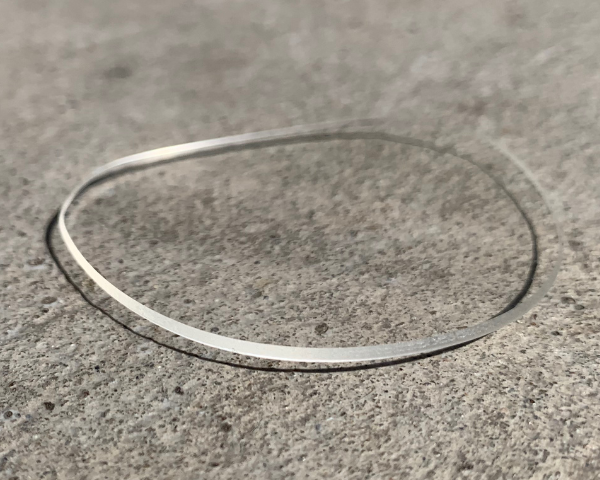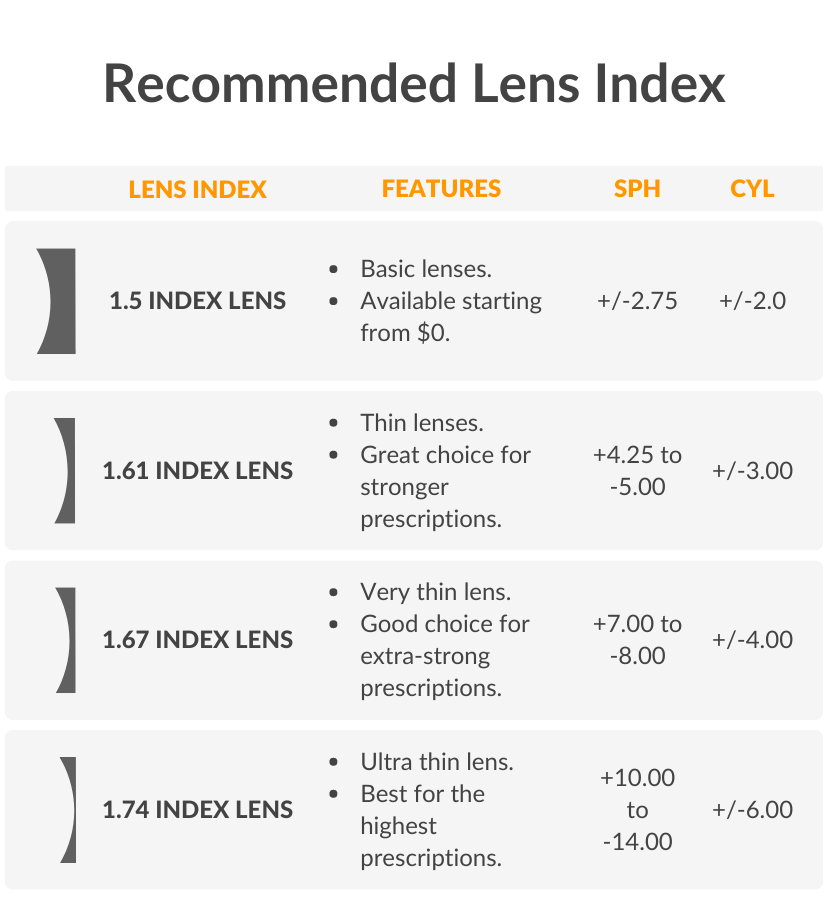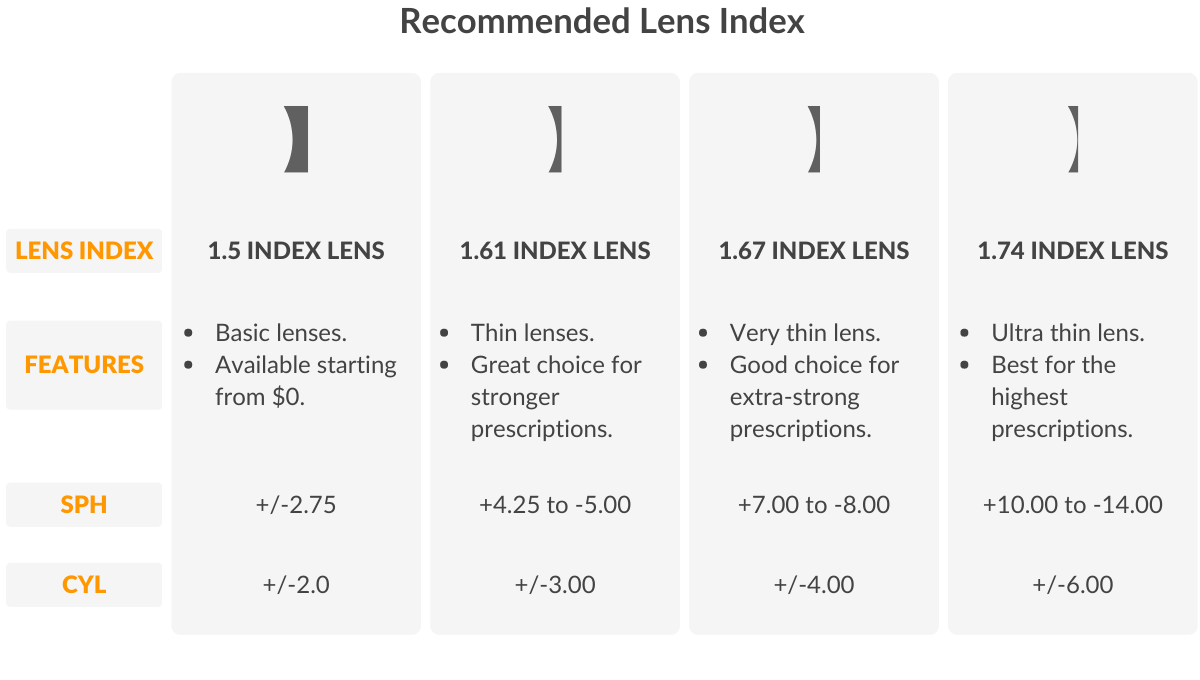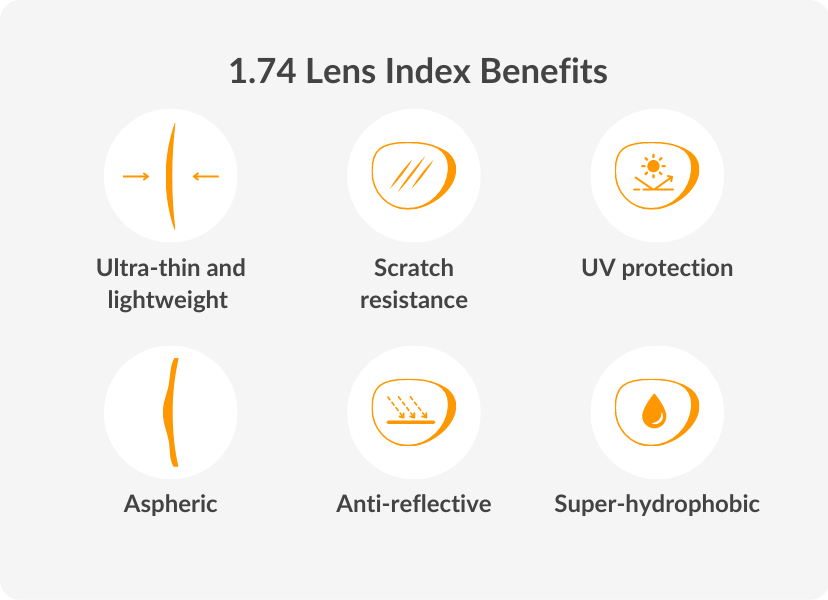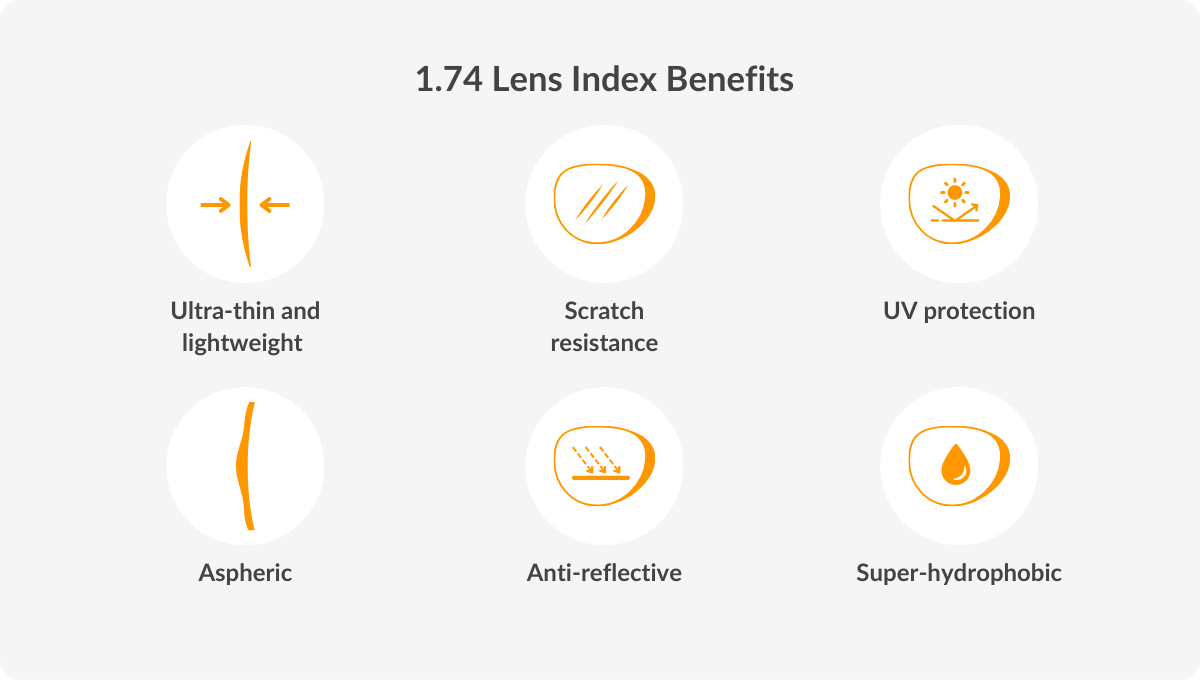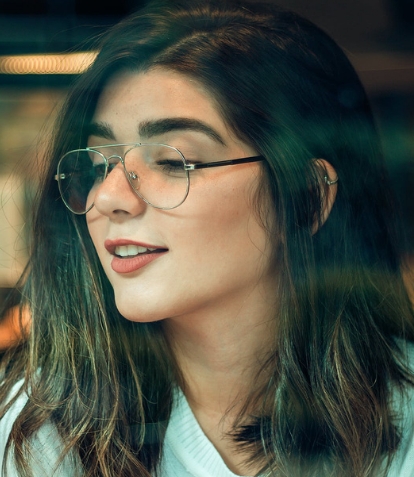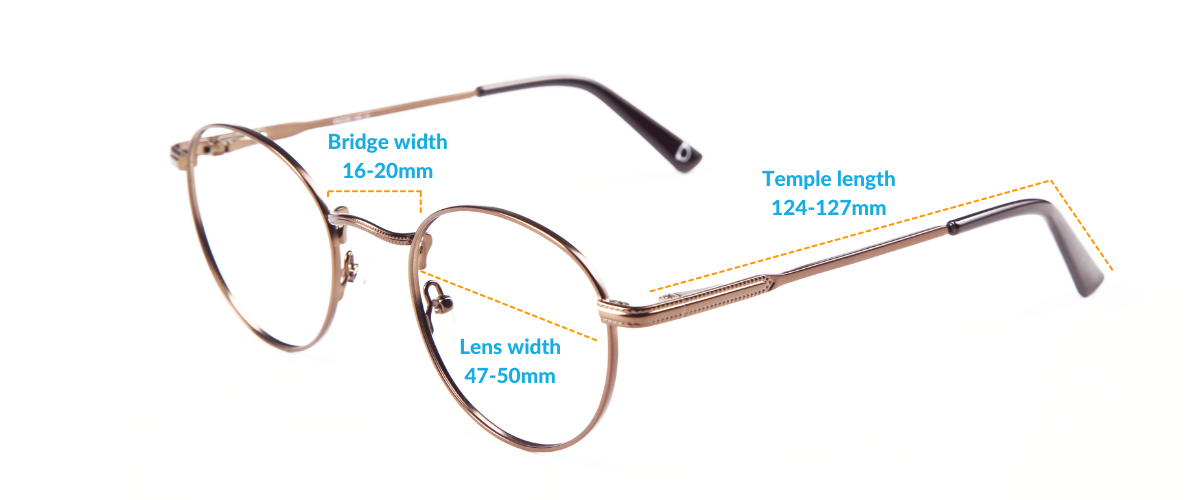What are Mirrored Sunglasses?
What do mirrored sunglasses do? | Is mirrored better than polarised? | How to clean mirrored sunglasses | Where to buy mirrored sunglasses | Conclusion

If you are an adventure-seeker looking for a pair of sunglasses to make an effortless fashion statement without sacrificing functionality, mirrored sunglasses are the perfect choice for you! So, what are mirrored sunglasses?
Mirrored sunglasses, also known as reflective sunglasses, are one of the most popular styles of sunglasses on the market. They come in diverse colours and styles and are made with durable lenses with a reflective coating on the outside, giving them a mirrored look with major functional benefits.
What do mirrored sunglasses do?
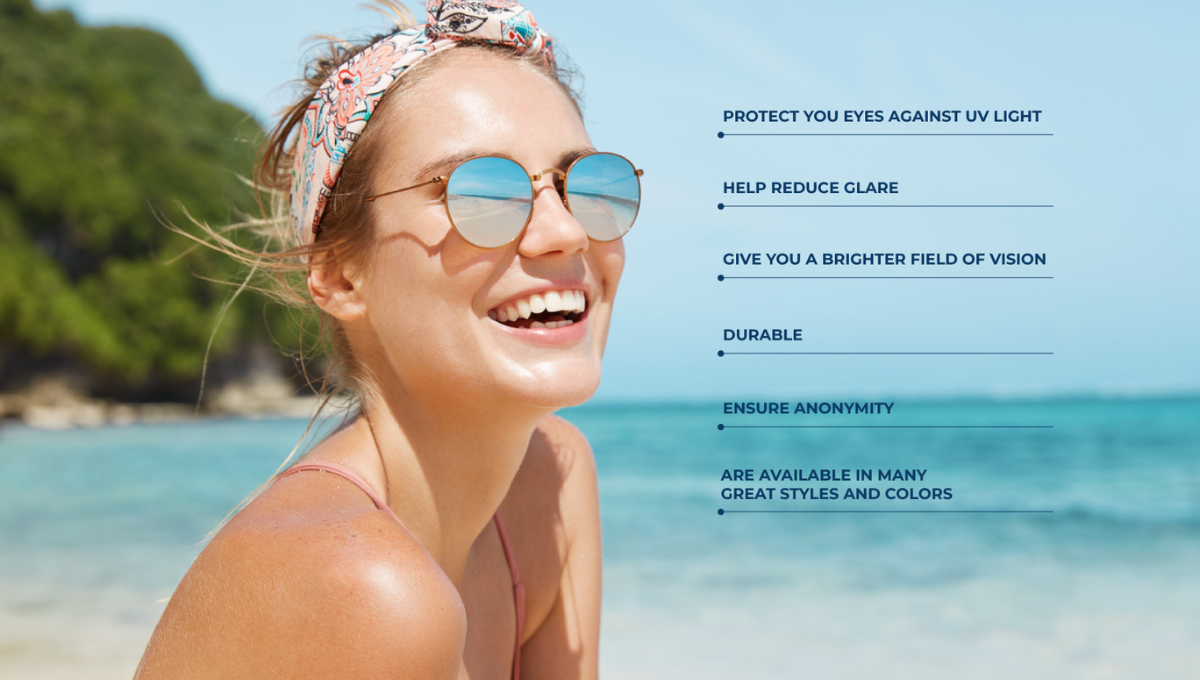
When wearing mirrored sunglasses, you will not only look fashion-forward, but you will also experience the many benefits that the style offers, including:
1. Protection against UV Light – Too much direct UV light on your eyes can cause damage, so it is important to protect your eyes as much as possible. Mirrored sunglasses offer great protection because the reflective surface on mirrored lenses has 10-60% higher sunlight reflection compared to normal tinted variations and can often be found with 100% UV protection.
2. Reduced Glare – The glare from the sun can cause headaches for those with sensitive eyes, and for those doing water and snow sports, the glare can make performance much more difficult. Luckily, reflective sunglasses can reduce glares for a more comfortable outdoor experience, making the style a go-to for many athletes. They are also often used for snow goggles!
3. Brighter field of vision – Since mirrored sunglasses reflect light rather than absorb it, they offer brighter vision when wearing them. If you spend a lot of time in the sun, this benefit is great because it will ensure less strain on your eyes throughout the day.
4. Durability – The mirrored coating on the lenses is one of the most durable coatings available. Many brands also include a scratch-resistant layer, which protects against the wear and tear of everyday life. If you are looking for extra protection, be sure to check that this option is available before purchasing.
5. Anonymity – Say goodbye to awkward eye contact! While mirrored lenses can certainly make you stand out in the crowd, they can also significantly increase your privacy. The reflective lenses will hide your eyes, so you can go about your day feeling a bit more under the radar.
6. Style – Mirrored sunglasses are also extremely stylish! With colours ranging from silver, pink, blue, green, gold, and more, there are limitless options to fit any personality. Brands such as Ray-Ban, Oakley and Carrera offer an endless number of colour and frame combinations for an instant boost in confidence and style.
DID YOU KNOW
Mirrored sunglasses are sometimes called “cop shades”. This stems from their popularity among US police officers.
Is mirrored better than polarised?

Mirrored and polarised sunglasses have many similar benefits as well as some differences, and the preference of one over the other totally depends on what you are looking for. Both offer great UV protection, reduce glare, and are suitable for spending excessive amounts of time in bright conditions.
The most notable difference is that mirrored lenses are usually less costly and offer a more extensive array of lens colours. While polarised sunglasses often have grey, green, and amber tints, mirrored choices come in bright and bold colours.
However, before you choose, you can discover the many benefits of polarised lenses to compare them and determine the best choice for you! If you are still undecided, you can combine both options for a polarised, mirrored pair of sunglasses.
How to clean mirrored sunglasses
As with all sunglasses, it is important to clean them thoroughly to ensure they last as long as possible. Mirrored lenses can appear smudged more easily than normal tinted lenses, so you should clean them often.
While there are many methods online that explain how to remove scratches from sunglasses, we do not recommend trying this because it can ruin your lenses. Instead, it is best to get replacement lenses so your sunglasses last.
Where to buy mirrored sunglasses
Ready to try out a pair of mirrored sunglasses? At SmartBuyGlasses, we offer a vast selection of sunglasses with mirrored lenses. You are sure to find a pair that best suits you among our options from over 180 designer brands that feature bold colours, diverse frames, and unbeatable customer service.
Use our Virtual Try-On technology to make your purchase with 100% confidence. Try on an endless number of styles from the comfort of your own home. Once you choose, you can make the purchase and relax knowing we have a 100-day return policy, free shipping, and the best price guarantee.
Conclusion
Whether you are walking through the city streets, making waves during water sports, or feeling adventurous to try a new outdoor activity, mirrored sunglasses are the perfect choice to ensure style and success for any occasion.


































